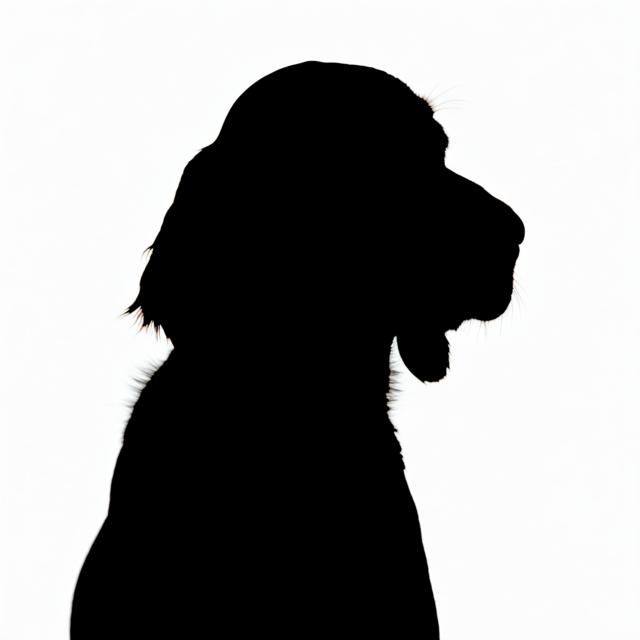American Eskimo Dog (Toy)
Eskie
 akc
akc ckc
ckc ukc
ukc



Summary
- The American Eskimo Dog (Toy) is a small, intelligent, and playful breed known for its striking white coat and affectionate nature. Originating from the German Spitz, these dogs make wonderful companions and thrive with regular exercise and mental stimulation.
Origin and Purpose
- Developed in the United States.
- Descended from the German Spitz.
- Initially a circus performer and companion dog.
Appearance
Dimensions
| Gender | Height | Weight |
|---|---|---|
| Female | 9-12 inches | 6-10 pounds |
| Male | 9-12 inches | 6-10 pounds |
Coat
| Attribute | Notes |
|---|---|
| Color |
|
| Type |
|
| Length |
|
Care
| Attribute | Notes |
|---|---|
| Shedding |
|
| Grooming |
|
| Drooling |
|
Body
| Attribute | Notes |
|---|---|
| Head |
|
| Skull |
|
| Ears |
|
| Eyes |
|
| Nose |
|
| Muzzle |
|
| Teeth |
|
| Neck |
|
| Forequarters |
|
| Fore Legs |
|
| Hindquarters |
|
| Hind Legs |
|
| Feet |
|
| Tail |
|
| Gait |
|
Temperament
- Intelligent
- Alert
- Friendly
- Playful
- Devoted
Social
| Attribute | Notes |
|---|---|
| Affectionate with Family |
|
| Good with Children |
|
| Good with Dogs |
|
| Good with Cats |
|
| Openness to Strangers |
|
| Playfulness Level |
|
| Protective Nature |
|
| Adaptability Level |
|
Working Roles
- Companion
- Circus Performer
- Therapy dog
Exercise Needs
- Moderate
Health
- Generally healthy
- Prone to some genetic conditions like progressive retinal atrophy and luxating patella
Additional Notes
- Requires regular mental stimulation.
- Can be prone to excessive barking if bored.
- Sensitive to harsh treatment.
- Known for their intelligence and trainability.